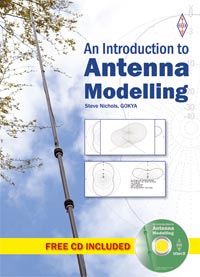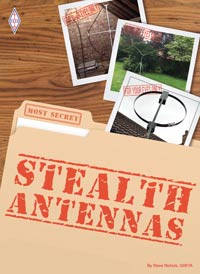 |
| The board for the 40m Soda Pop QRP radio (click to enlarge). |
I was lucky enough to get my hands on a Steve Weber KD1JV-designed Soda Pop single band QRP CW transceiver kit recently. Soda Pop is meant to be a play on "SOTA Op" as it is meant to be a lightweight portable radio for "Summit on the Air" operators
Steve only produces a design every two years or so and they instantly become classics. It is a lottery as to whether you are lucky enough to get one and this time I was. My other KD1JV rig is a
3-band 3W Mountain Topper Radio, which I built myself (you can now buy them ready made via LNR precision).
All of Steve’s rigs are fantastic, tricky to build as they are nearly all SMD, but offer fantastic performance. You can blame
Colin M1BUU for getting me into these. Colin’s Steve Weber rigs are works of art and regularly go up mountains for SOTA.
I’m happy to report that my 5W 40m Soda Pop rig is now built and working well.
Built using hand soldering over a period of a few days – a total of about 8.5hrs – I was delighted to find it worked first time. Sensitivity seems good and power output is 5.1W with a 12.3 V Li-Ion battery.
I aligned it by ear as I don’t have an oscilloscope and got it close. It was perhaps 20-40Hz off frequency, but a quick tweak in the calibration mode got it pretty much spot on.
 |
Note the tiny SMD components - all hand soldered
(click to enlarge). |
The BFO was setup by ear too.
So did the build go without hiccups? Hell no! The following points might be useful to other builders.
1. As always with SMD take great care with the components. Transistor Q14 “pinged” off at one point never to be seen again, or so I thought. As luck goes, I found it three days later under a desk lamp - 10 minutes after I had ordered a replacement off Ebay!
2. Follow the instructions religiously and only take out the components one at a a time. This saves them getting muddled up as many have no markings.
3. Take extra care with the band-specific components as it is easy to get it wrong. I ended up mistaking some inductors for the capacitors and had to remove them. If in doubt check them with a multimeter to make sure they are inductors and not capacitors. This may be why some people are reporting deaf receivers.
4. When you do the initial alignment and are peaking CT1 and CT2 make sure you have actually turned the volume up. Doh! Even with the volume turned down you will hear a hiss, which you may mistake for band noise. Don’t ask me how I know!
5. Note that not all the component locations are actually used, including C10, C49, C59, C6 (on some bands) and D2.
6. As you identify components bag the spares up in marked bags as you will need some of them when you build the top of the board.
7, When soldering the power socket make sure it is square to the board - mine had twisted slightly and had to be de-soldered and done again.
8. Make sure you have the right number of turns on the two T39 toroids. Putting the wire through the hole counts as one turn.
Anyway, it is early days for the Soda Pop - the 40m band was in lousy condition today and there were only a few signals on, but they seemed about as loud on the Soda Pop as my IC-756 Pro3. I’ll try it again tonight when the band should be better.
 |
The RBN shows I was being heard in Germany and
Scotland on 7.030Mhz |
A CQ call on 40m resulted in me being heard by DF7GB, DJ2BC, DJ9IE and GW8IZR via the Reverse Beacon Network at up to 20dB SNR at 13:50UTC.
The hardest bit now will be boxing it up - I have a Hammond 1550M Die Cast Box, but that will need some serious metalwork (cutting, drilling and painting) so it will no doubt take longer than the build-up of the board.
I’ll add a photograph as and when it gets done.
My thanks (again) to Steve "melt solder" Weber, KD1JV.
Steve G0KYA












